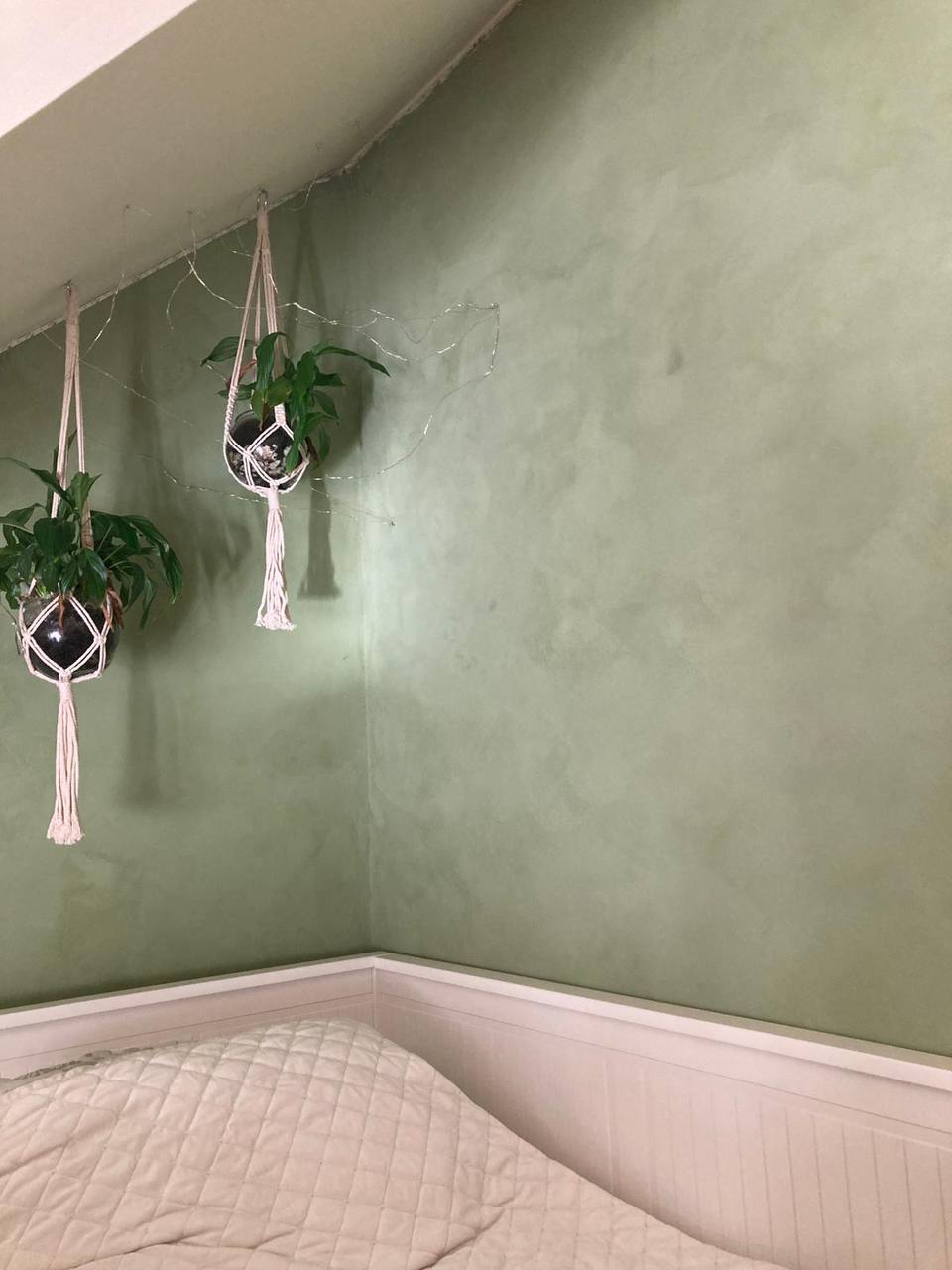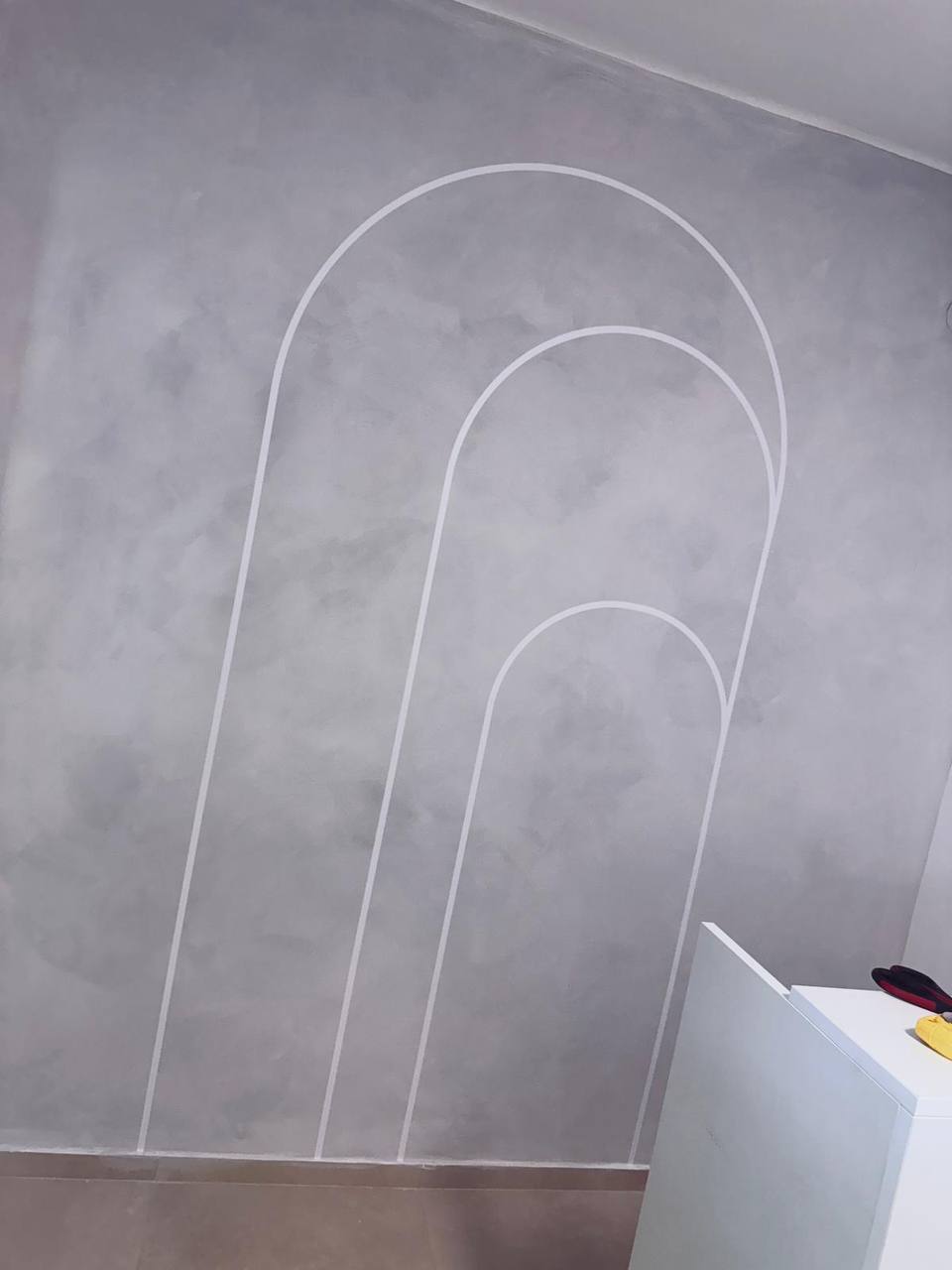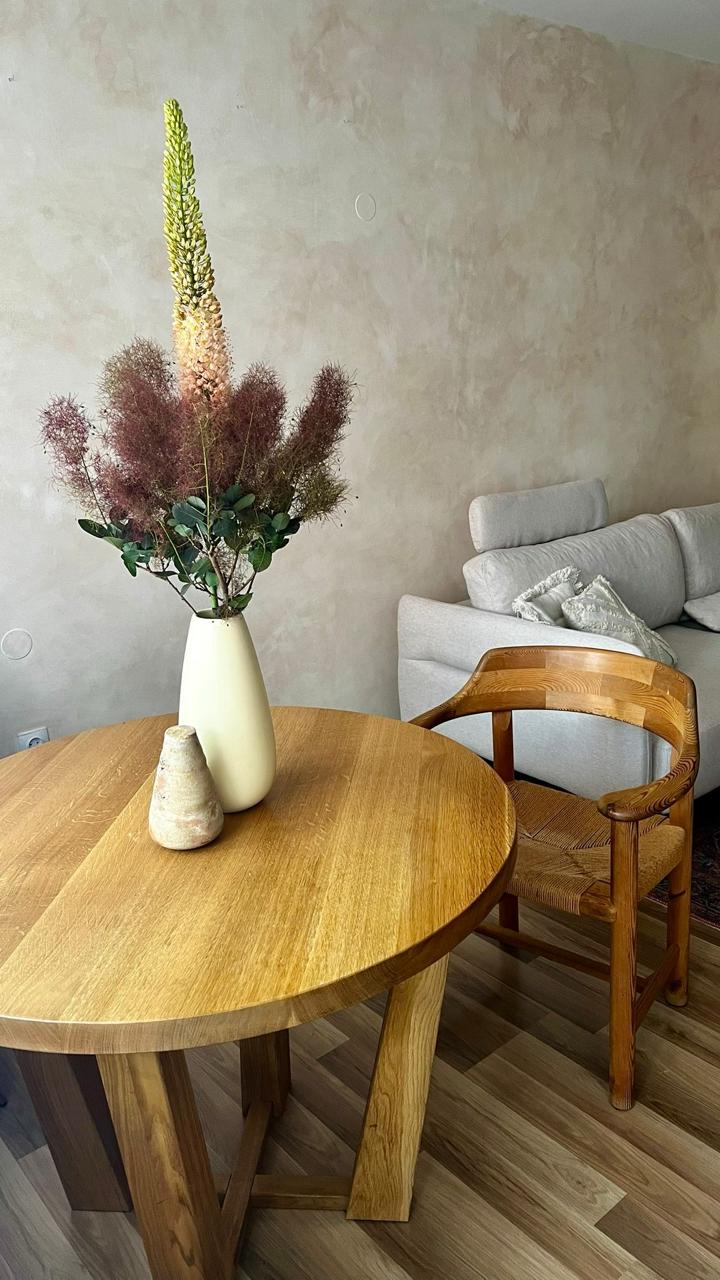Natural Interior Paint – LIMEWASH
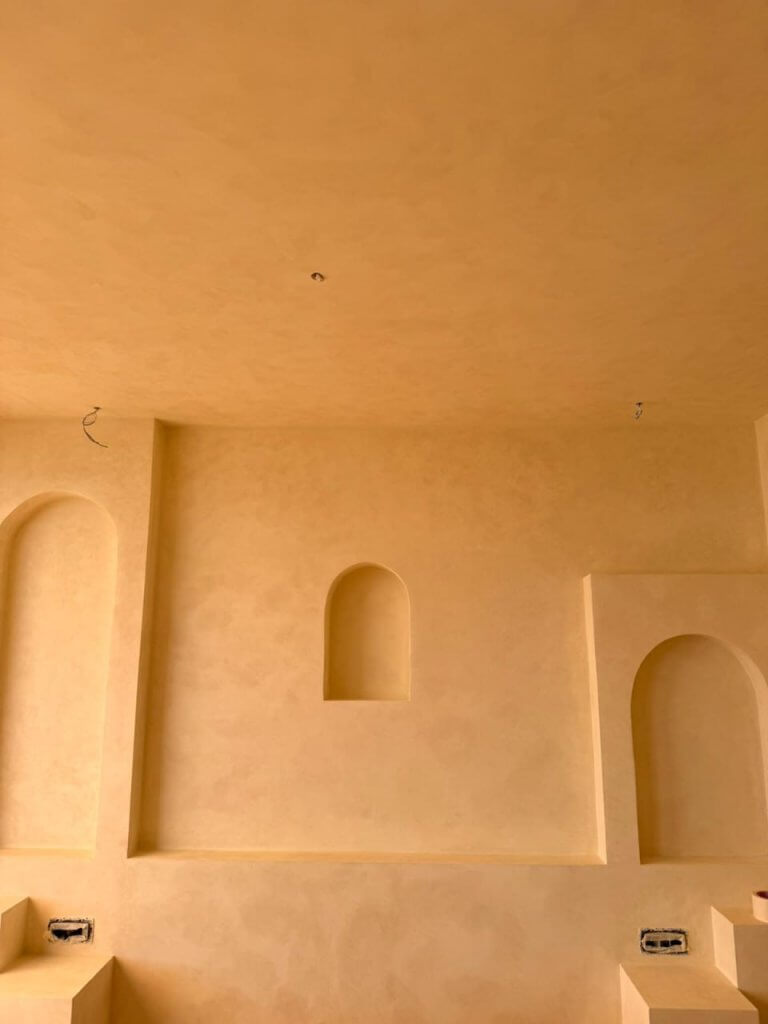
Introduction: What is Limewash and What Makes it Unique?
Limewash, also known as lime paint, is a traditional paint used for centuries to decorate and protect surfaces. These eco-friendly paints are primarily composed of slaked lime, giving them unique properties. Unlike synthetic paints, Limewash is completely natural, making it ideal for those seeking ecological solutions.
One of Limewash's main features is its breathability—its ability to allow air to circulate through painted surfaces. This prevents moisture accumulation on walls, which is particularly important in older buildings where moisture can damage the structure. Additionally, Limewash has antiseptic properties—lime naturally kills bacteria and mold, contributing to a healthier indoor environment.
Limewash aesthetics are also noteworthy. Its matte surface and subtle texture give interiors warmth and rustic charm, difficult to achieve with other paints. Limewash also ages gracefully, acquiring a patina over time, adding even more character to interiors.
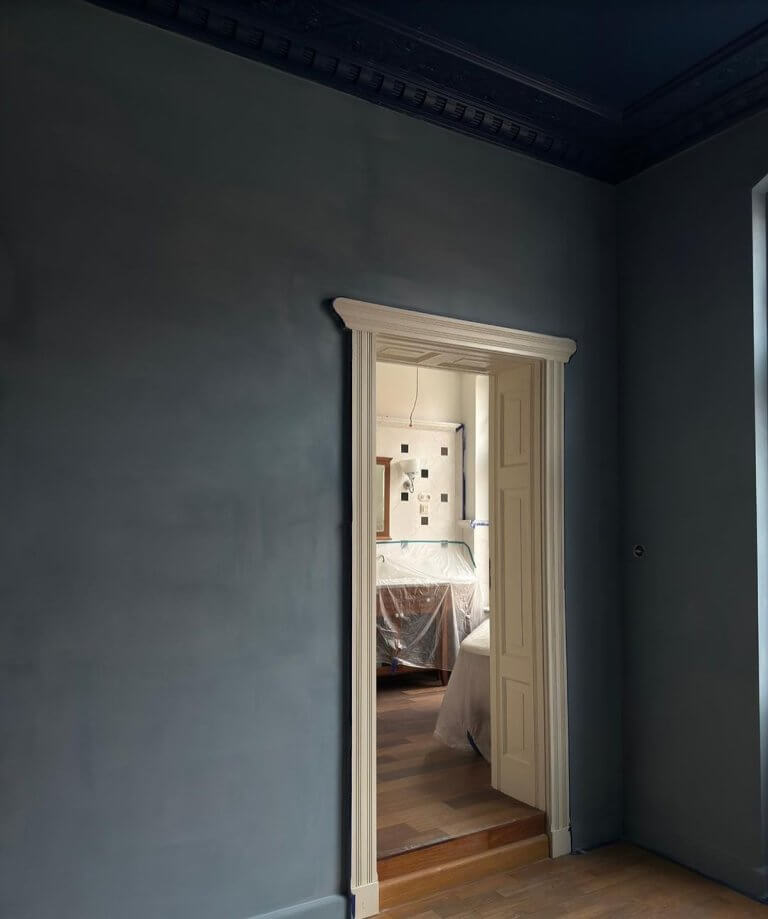
Benefits of Natural Limewash Paint at Home
Using Limewash paint at home offers numerous aesthetic and health benefits. As a natural product, Limewash is an excellent choice for those who value ecological and healthy living environments.
- Low VOC: Limewash has very low levels of volatile organic compounds (VOCs), considered harmful to health. Unlike conventional paints, which can emit toxic substances for extended periods, Limewash lacks these ingredients, making it safe even for children or allergy sufferers.
- Breathable Surface: A significant advantage of Limewash is vapor permeability. These paints allow walls to breathe, regulating room humidity. This prevents condensation and mold, especially in older buildings where proper ventilation is essential for structural health.
- Antibacterial and Antifungal Properties: Lime, the primary component of Limewash, naturally combats bacteria and fungi, ensuring a clean and healthy home environment.
How Limewash Impacts Air Quality and Resident Health
Due to its natural composition, Limewash positively affects indoor air quality and thus the health of residents. These traditional paints, used for centuries, are regaining popularity due to their health benefits.
VOC-free: Limewash contains almost no volatile organic compounds often found in synthetic paints, which can cause allergies, asthma, or chronic respiratory conditions. Its natural composition ensures better air quality, especially indoors.
Additionally, lime has antibacterial and antifungal properties, preventing mold and bacteria from spreading on walls. This is particularly beneficial in damp or poorly ventilated spaces. Regular Limewash use helps maintain a healthy home microclimate.
Beyond health benefits, Limewash contributes to aesthetic comfort by creating breathable surfaces and regulating humidity, enhancing quality of life. Choosing Limewash is not only a style choice but a health-conscious one.

Limewash Painting: Tips and Techniques for Excellent Results
Limewash painting is an art form that requires proper preparation and technique. Here are some practical tips:
Surface Preparation
Walls must be clean, dry, and free from loose materials. Fill cracks or holes. Limewash adheres best to porous surfaces, so removing remnants of old paint or varnish is recommended.
Painting Technique
Limewash is typically applied with a brush in several thin layers. Apply evenly with gentle strokes for a smooth finish. Experimenting with sponges or cloths can create interesting effects.
Achieving Aesthetics
Choose colors considering lighting conditions. Limewash uniquely reflects light, so effects can vary significantly depending on direction and intensity. Additional layers can provide depth and texture.
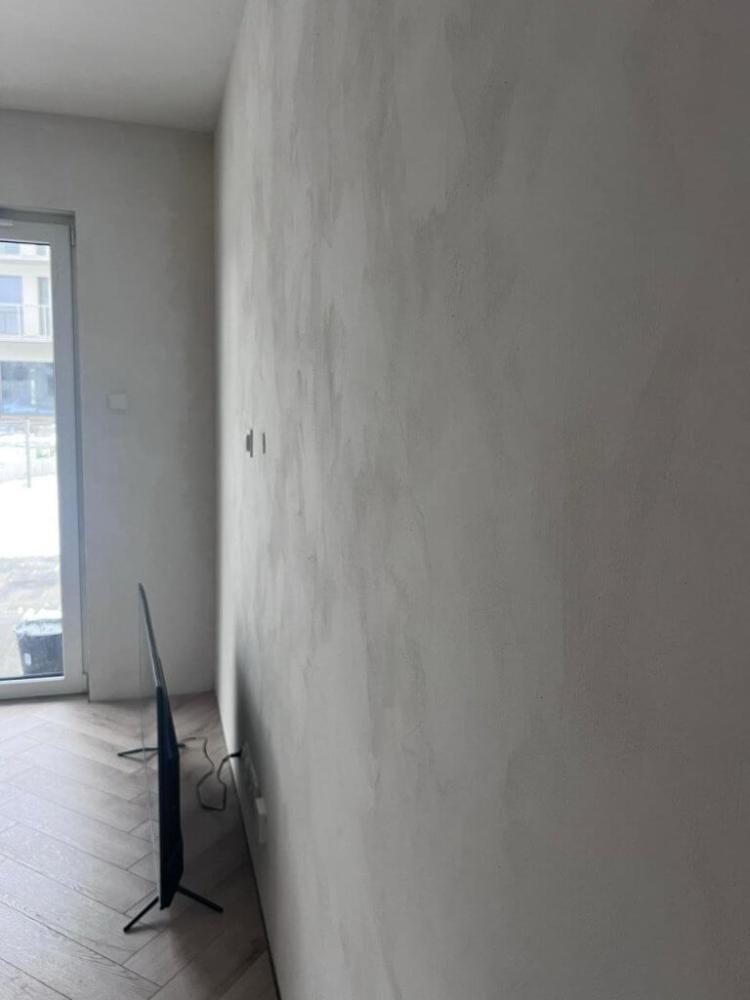
Inspirational Limewash Interior Projects
Limewash is versatile paint that can give every home interior distinctive character. Here are some inspiring examples:
Rustic Charm
Limewash perfectly suits rustic interiors dominated by natural elements. Its matte surface harmonizes beautifully with wood and stone, while uneven textures add coziness.
Modern Elegance
In modern interiors, Limewash can create smooth yet lively surfaces. Choosing cool colors can produce a minimalist yet warm appearance. The paint also visually enlarges space.
Boho and Eclectic
For fans of boho and eclectic styles, Limewash allows experimentation with colors and techniques. Uneven application and combining various shades create vibrant walls that become focal points. Paired with ethnic textiles, this creates an ideal atmosphere for personal expression.
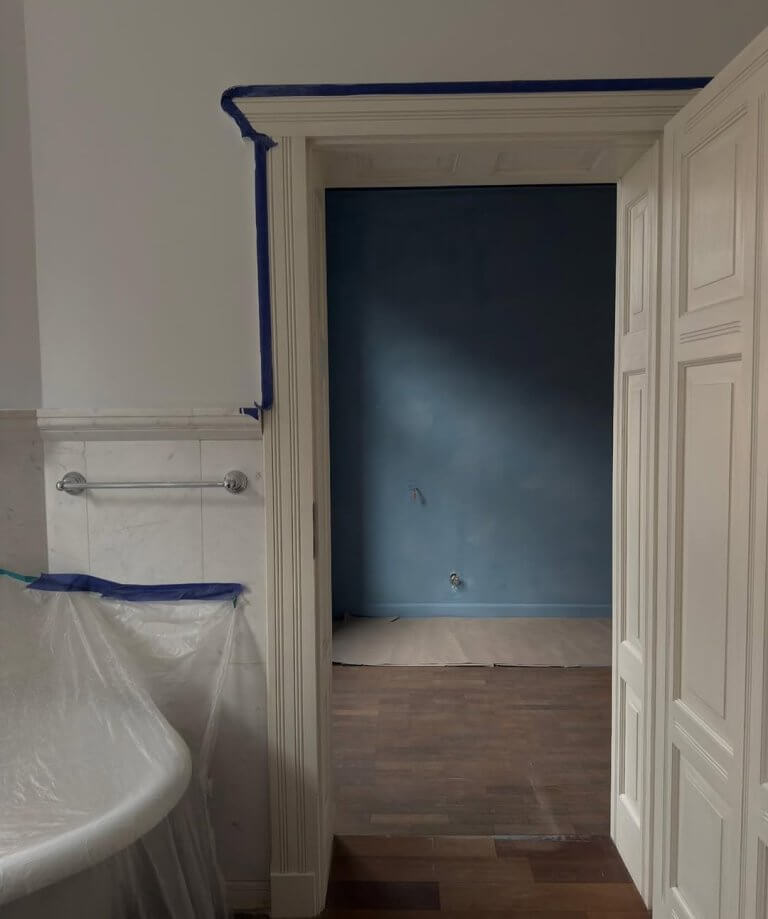
Maintenance and Durability of Limewash Walls
While Limewash is durable, proper maintenance preserves its aesthetics. Here are some tips:
- Cleaning: Remove dust with a dry or slightly damp cloth. Avoid strong cleaners or harsh scrubbing.
- Refreshing: If color fades or walls need updating, simply apply a new layer—this is easy and doesn't require full renovation.
- Moisture Protection: Although Limewash is mold-resistant, good ventilation systems help maintain antibacterial properties.
- Regular Inspection: Especially in high-traffic areas or spaces with temperature fluctuations. Quickly repair any defects.
Why Choose Limewash Over Other Eco-Friendly Paints?
While the market offers many eco-friendly paints, Limewash stands out:
- Natural Composition: Only lime, water, and natural pigments. No synthetic additives—one of the most natural alternatives.
- Breathability: Unique structure allows walls to breathe—crucial for older masonry or stone buildings.
- Antibacterial Properties: Naturally fights mold and bacteria—many other paints require chemical additives for this.
- Aesthetics: Unique matte surface and attractive aging patina over time, appealing to designers and architects.
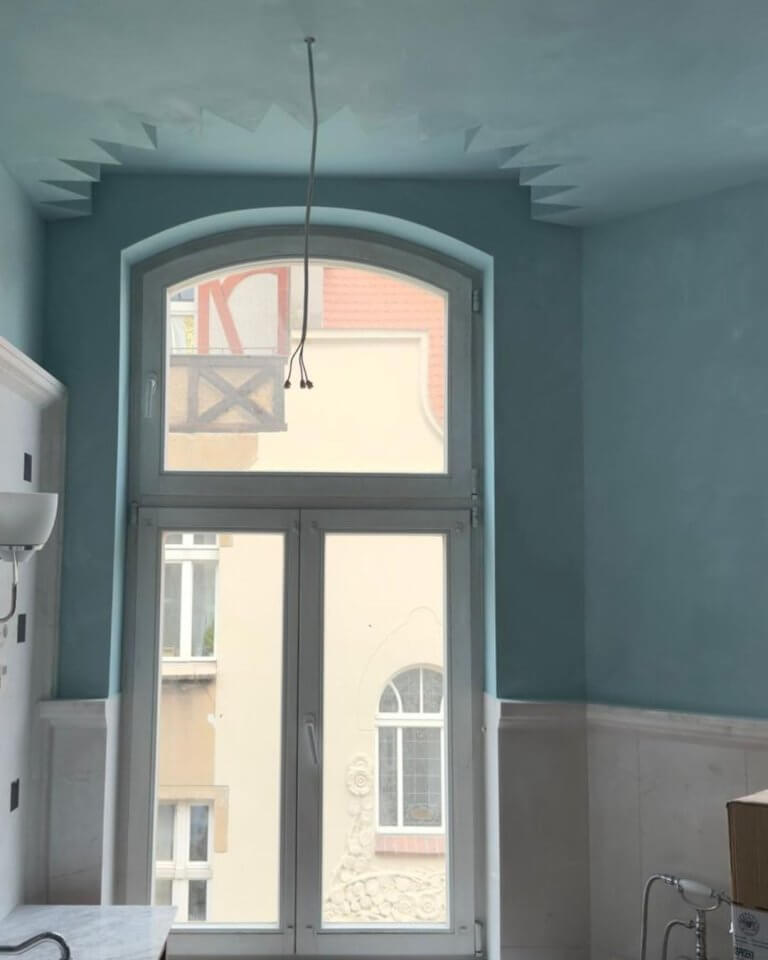

 German
German Slovak
Slovak Romanian
Romanian Lithuanian
Lithuanian Latvian
Latvian Hungarian
Hungarian French
French Finnish
Finnish Dutch
Dutch Danish
Danish Czech
Czech Slovenian
Slovenian Italy
Italy Spain
Spain Portugal
Portugal



